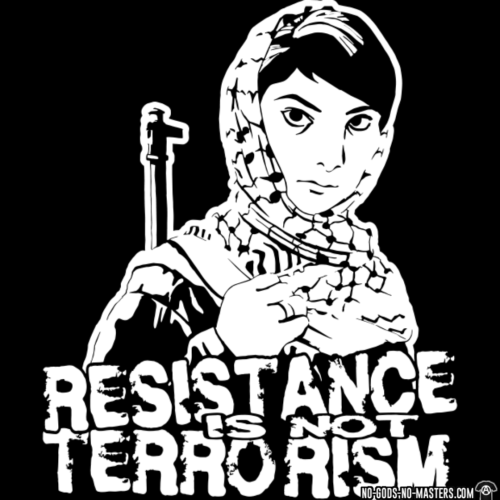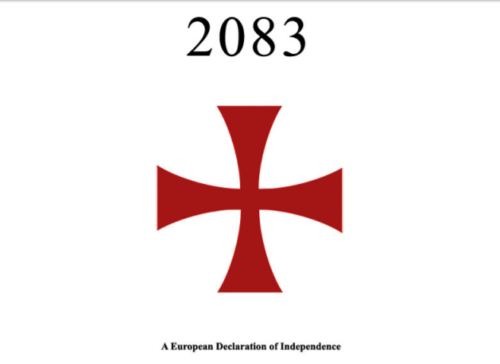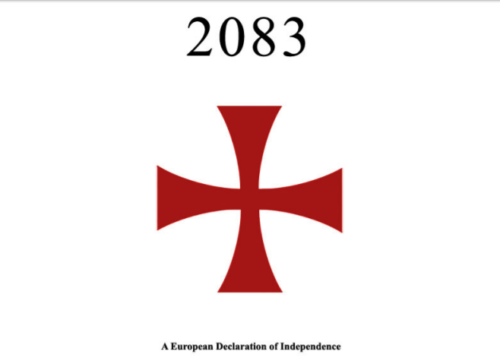
The obvious reaction of someone trapped in a slave mindset, when told that they have the right to kill anyone who is trying to enslave them, is to protest that such a thing must be “terrorism” or some other crime against good order. Learning to think like a free person means learning when your rights have to be defended, and an anarcho-homicidalist has taken steps to ensure that his actions are legitimate resistance and not terrorism.
They might overlap in a lot of ways, because both use violence to bring about a vision of correct order in the world, but anarcho-homicidalism is very distinct from terrorism.
The primary difference is that anarcho-homicidalism, being a branch of anarchy, does not tolerate either hierarchy or forced collectivism. This means that, not only is the anarcho-homicidalist forbidden from killing on command, but he is also forbidden from justifying an act of anarcho-homicidalism on the grounds that his target merely shared a demographic category with someone trying to enslave him.
Both of these qualities are distinct from terrorism. Although there are terrorists who act on their own initiative, the majority of terrorist deeds are carried out by individuals who have been coerced, intimidated or tricked into action.
Also, a clear majority of terrorist actions are carried out to further one side in some “us vs. them” narrative. The Muslims who kill themselves in suicide bombings are able to motivate themselves to take action by rationalising that the collective benefit to Islam of killing many of Islam’s enemies outweighs the individual loss of life.
The anarcho-homicidalist is different from these in that he must arrive at the decision to kill out of his own philosophical reasoning, and that his efforts must be targeted upwards at an authority figure, not sideways at the lackeys of one.
The secondary difference is that anarcho-homicidalism leads to less violence – in contrast to terrorism, which leads to more violence.
In fact, a crucial element of anarcho-homicidalism is that the action ought to decrease the amount of suffering in the world. Therefore, it is legitimate to kill a politician whose actions are causing suffering, but not to start a blood feud between one group and another group that the politician just happens to belong to.
The usual example given when arguing for the merits of anarcho-homicidalism is that of conscription. It’s trivially easy to see how widespread anarcho-homicidalism would make raising slave armies impossible, because an anarcho-homicidalist would simply shoot any conscription officer that came to their house.
A terrorist, by contrast, is unlikely to shoot a conscription officer. This is because nothing about terrorism explicitly goes against the idea of hierarchy. A terrorist is more likely to bend the knee and take orders from a conscription officer, in the hope that they will get the chance to kill the enemies of whatever collective the terrorist considers themselves part of.
Another stark difference is that a terrorist is usually happy to create collateral damage. Bombing a civilian airliner is a common terrorist act, for the reason that it makes people afraid to get into planes, and because the targeted country tends to waste enormous resources on security in the aftermath.
All of these terrorist actions have the effect of causing more violence to happen, because they will either provoke the authorities into crackdowns or provoke the groups whose members were killed to violently retaliate.
An anarcho-homicidalist, by contrast, will not cross the boundary into terrorism. His action is surgical, clinical, unpredictable, unstoppable. The only terror created by the anarcho-homicidalist is in the hearts of those who would rule, and the effectiveness of his action is not determined by the destruction of an enemy but by whether it persuades the ruling authorities to treat their subjects correctly.


